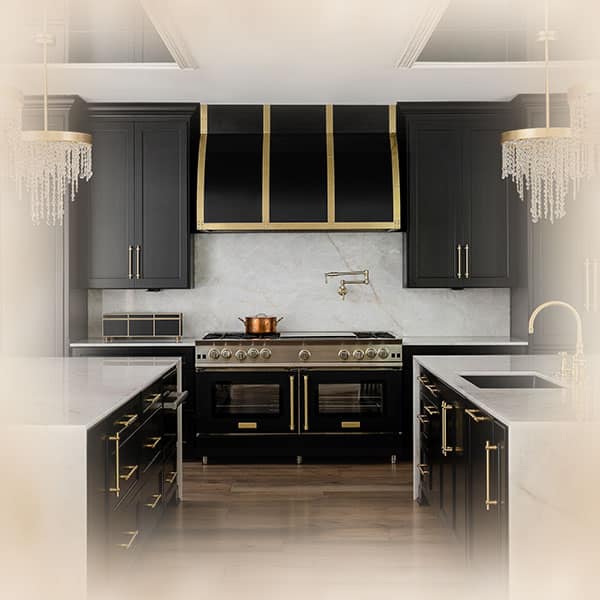When meeting with our clients for new cooking products…we are frequently asked, if we recommend gas or induction cooking. It basically boils down to your preferences, lifestyle, and if it’s an option in your home.
I have listed some pros and cons for both options and hopefully our list will help you decide what is best for you.
GAS COOKING
Pros…
- Easier to see and adjust the temperature
- Can have powerful Btu options for high heat cooking
- Specific pans are not needed
- Works in a power outage
- More of a traditional look, however, there are some modern options offered by the higher end brands.
- More fun to cook with a flame
Cons…
- It is the least energy efficient way to cook…the % is in question…but at a minimum you loose 30% of the heat with an open flame. It’s important to help manage the flame with the correct size pans.
- Safety concerns with smaller children
- More difficult to clean spill overs or splattered food on a stainless steel basin
- Please follow the manufacturer’s user guide for cleaning and maintaining all of your products. There are some non-recommended cleaning solutions for stubborn stains. Please use at your own risk…white toothpaste (not gel) with a brush has worked for me on stubborn stains on stainless steel cooktops. And Power Paste (found on Amazon) works on porcelain base rangetops. Again, use at your own risk!
- It has raised some health concerns. And because we aren’t health experts…I would recommend researching the internet for answers. Here is one link that can give you some insight.
- https://www.scientificamerican.com/article/the-health-risks-of-gas-stoves-explained/
INDUCTION COOKING
Pros…
- Temperature is easy to adjust with a quick response time
- If you prefer gas and you can’t have gas cooking, this is a great alternative
- Energy efficient…heat is transferred directly to your cookware
- Safer
- Sleek and modern
- Great for Aging in Place
- Very easy to clean
Cons…
- Expensive
- Need induction ready pans. I recommend purchasing the burner size pans that you need…not a full set. You may have two burners the same size and since the diameter of the bottom of the pan has to match the size of your burner (there is some leeway with some brands), it’s best to have a couple of pans that will fit your burners for convenience.
- Induction ready pans have a flat bottom and they are made with magnetic stainless steel, cast iron, enameled iron, or nickel. If you want to know if your pan is induction ready, see if a magnet will stick to the bottom of it.
- If going from gas cooking to electric…you will need to change the voltage in your electric to meet the requirements for an induction (or an electric) cooktop.
- There can be a slight buzzing noise with the use of the magentic field (noises can vary between brands) while cooking
If you would like to see an induction cooktop in action, please stop by the St. Louis or the Fenton location for a demonstration.
–


